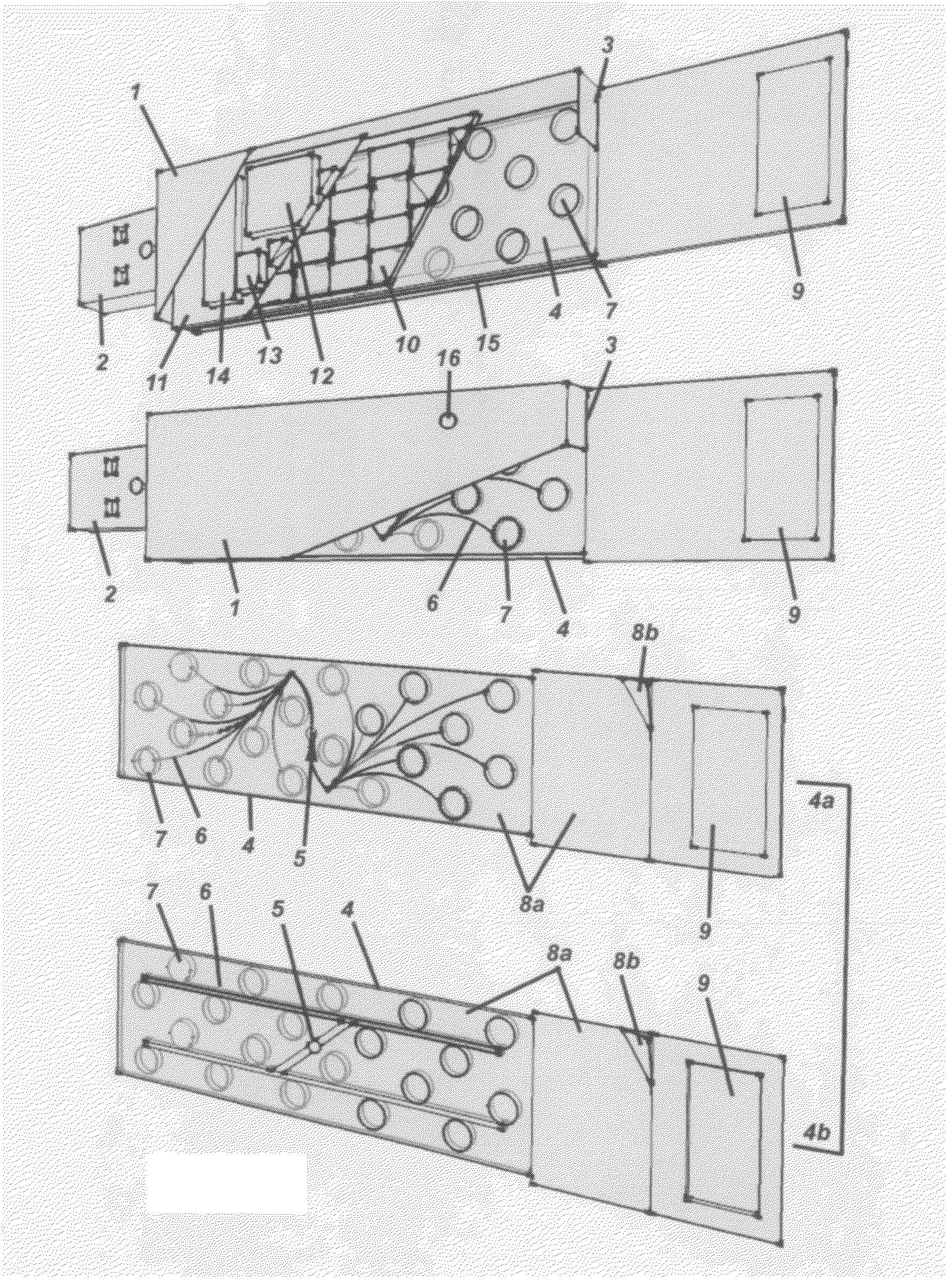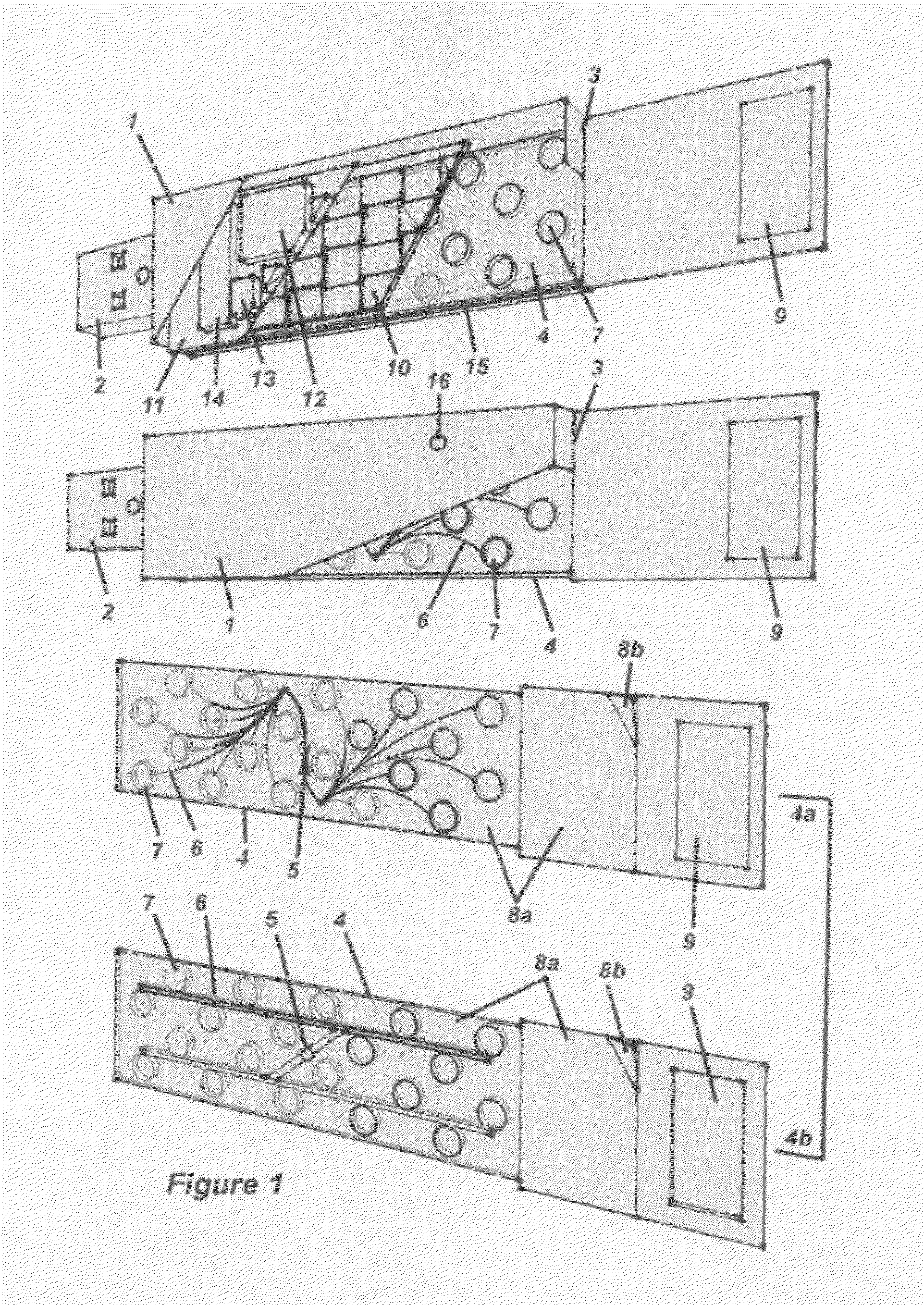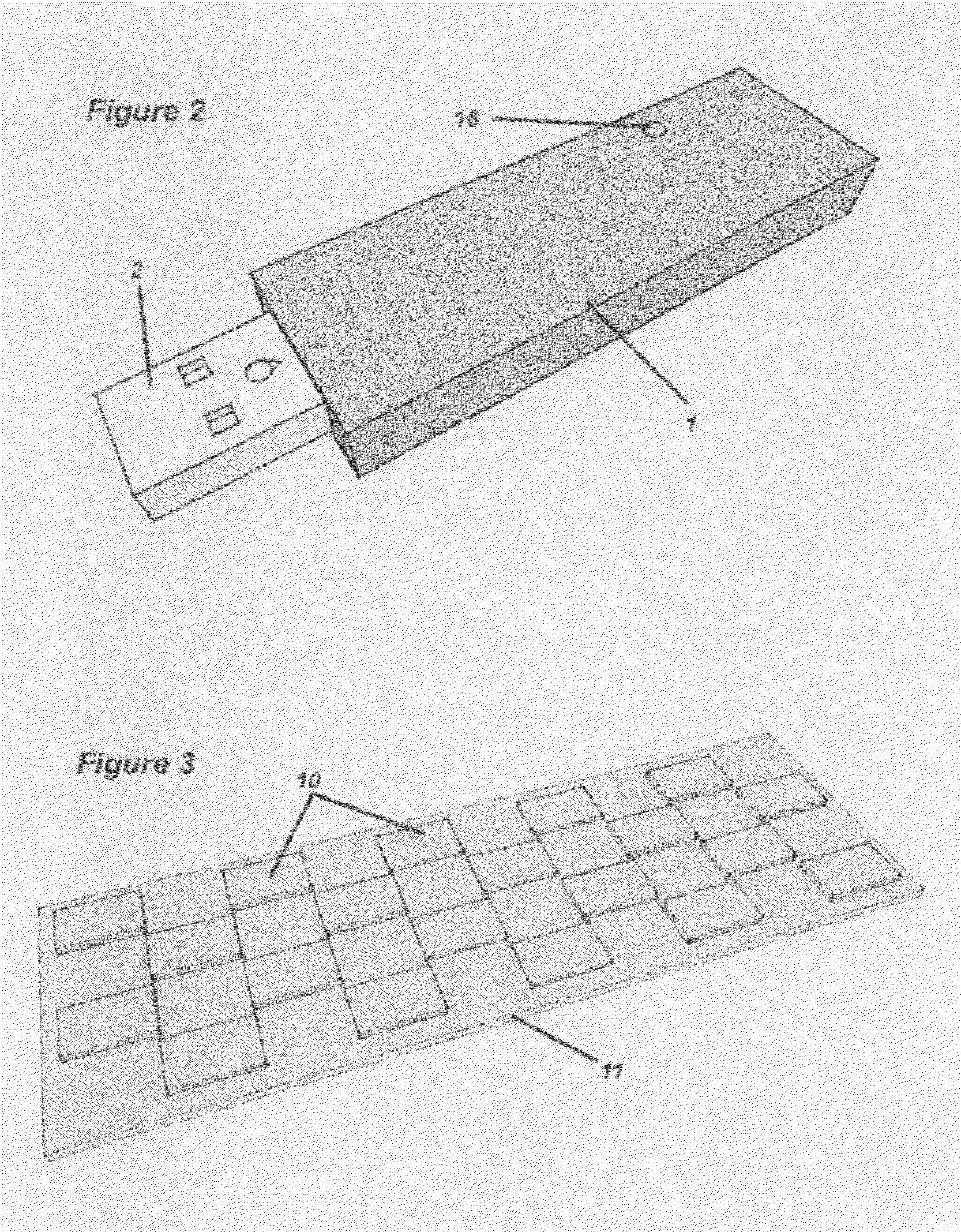Experts agree that our health care
system is riddled with inefficiencies, excessive administrative expenses, inflated prices, poor management, and inappropriate care, waste and fraud.
These problems significantly increase the cost of
medical care and health insurance for employers and workers and affect the security of families.”
However, the allied Health Care industry is not the only vertical market in which there remains a gross division between the requirements for novel, inexpensive and widely applicable technologies and the currently available technology solutions.
Floods, droughts, storms, earthquakes, fires and other events, when combined with ‘risk drivers’ such as increasing
urbanization, poor urban governance, vulnerable rural livelihoods and the decline of ecosystems, can lead to massive human misery and crippling economic losses.
Sound response mechanisms after the event, however effective, are never enough.”
Given similar levels of
hazard exposure, developing countries suffer far higher levels of mortality and relative economic loss than developed countries.
In general, poorer countries and those with weak governance are more at risk than wealthier, better governed countries.
Even assuming constant
hazard levels, global disaster risk is growing; economic loss risk is growing faster than mortality risk.
However, in low- and middle-income countries with rapidly growing economies,
exposure increases at a far faster rate than
vulnerability decreases, leading to
increased risk overall.
“Within many developing countries, disaster risk is also spreading extensively, manifested as a very large number of low-intensity impacts, affecting significant areas of a country's territory.
Almost all these impacts are associated with weather-related hazards.
Such risk patterns are expanding rapidly, driven by factors such as fast—but poorly planned and managed—urban growth and territorial occupation, which increase both the number of people and assets exposed.
Increased
hazard exposure is aggravated by environmental mismanagement and the decline in the regulating services provided by ecosystems.
Empirical evidence at the local level shows that poorer households and communities suffer disproportionately higher levels of loss and that disaster impacts lead to poverty outcomes.
The poor are less able to absorb loss and recover, and are more likely to experience both short- and long-term deteriorations in income, consumption and welfare.
At the same time, it erodes the resilience of poorer countries and communities through decreased agricultural production, increased water and energy stress, greater
prevalence of
disease vectors, and other effects.
Even small increases in weather-related hazard due to
climate change can have a large magnifying effect on risk.
Critically,
climate change magnifies the unevenness of
risk distribution, meaning potentially drastic increases in the disaster impacts and poverty outcomes experienced by poorer, less resilient countries and communities.”
“Any further decline in the regulatory services provided by ecosystems will increase weather-related hazard.
A decline in provisioning services will further increase the
vulnerability of rural livelihoods, as well as the availability of water and energy in urban centres [sic].
“Higher costs could cause valuable oil and gas resources, including many beneath federal lands, to become uneconomical to produce.
The result would be further increases in oil imports and the nation's trade deficit, potential constraints on the availability of clean-burning
natural gas, and a dampening
impact on the nation's economic growth.
Safety is a major concern where the operation of trucks, lifts and other technically advanced equipment can be dangerous without proper training and supervision.
Capturing and managing incident and compliance information cross interstate and intrastate lines for mobile assets is a complex task.”
All of this combines to make operational risk management increasingly difficult.”
“Yet, these early-20th-century investments in our electric
grid system have not kept pace with today's global economy.
Today's grid cannot respond effectively to the most pressing new challenges we now face—from terrorism to
global warming to ever-rising demand.
Nor is our current
electricity grid capable of capturing the opportunity created by recent advances in
information technology; exciting new tools for producing radical gains in energy efficiency, reliability, and security; or the deployment of clean
renewable energy at the scale needed to meet the clean-energy demands of a new century.
The lack of
smart technology to provide utilities and consumers with better information in real time hurts the security and efficiency of the entire
electricity system.
The lack of such a modern, smart-
grid network slows the spread of new technology such as solar panels on our homes, intelligent appliances to
cut our energy bills, or micro-grids to help first responders meet natural disasters . . .
“The grid has suffered from systematic underinvestment in recent decades . . .
“These modern smart-grid technologies are not yet widely deployed, yet they have the potential to reduce billions of dollars of costs attributable to power interruptions and fluctuations across the network.
The
Electric Power Research Institute, for example, estimates that
electricity disruptions cost the economy upward of $100 billion each year in damages and lost business.
Because transmission investments have not kept pace with increased demands, and advanced smart-grid technologies have not been broadly deployed, the grid is more susceptible not only to costly outages but also to both natural and man-made disasters.
“In addition, security experts increasingly identify cyber-security and direct terrorist threats to the grid as a substantial hazard for the entire U.S. economy, with a few targeted attacks to our existing infrastructure potentially threatening
public health, safety, and commerce over vast regions.
 Login to View More
Login to View More  Login to View More
Login to View More 


